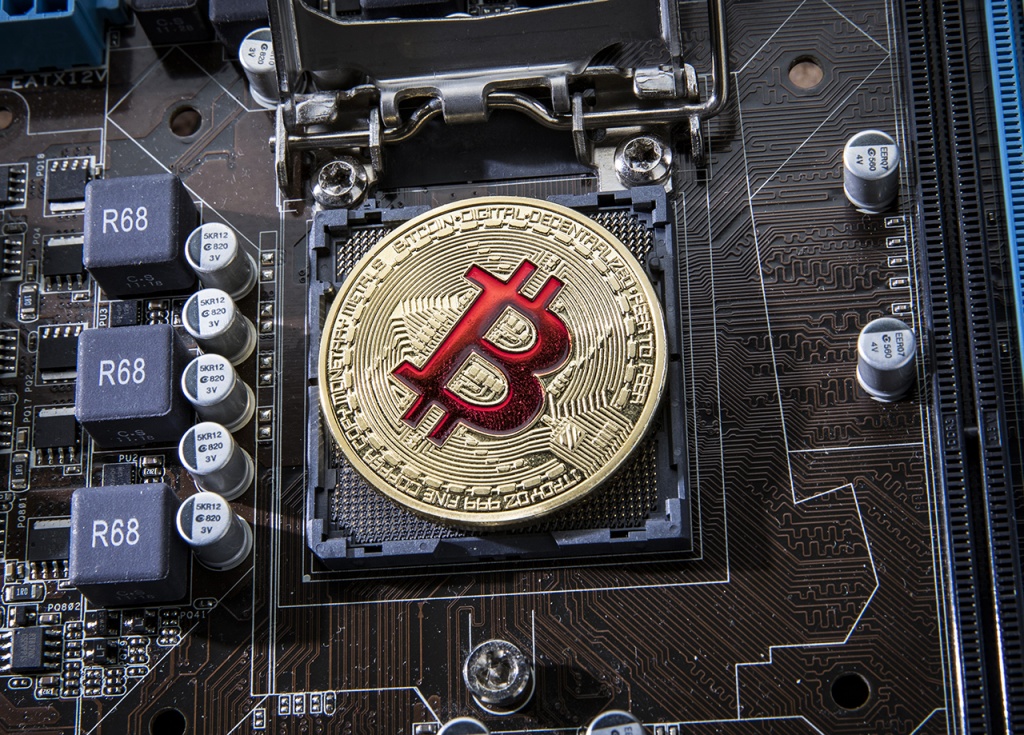Bitcoin is the world’s first cryptocurrency. It came along as the disruptive innovator that has sparked a revolution that can completely transform the face of global financial markets. Bitcoin laid the groundwork for other cryptocurrency networks to follow. However, the largest cryptocurrency is not perfect.
As the blockchain network expands, delayed transaction times were an issue faced by Bitcoin and several other major cryptocurrencies. Many blockchain networks still face scalability issues because longer transaction times also mean higher transaction fees.
Where there is a problem, there are those who can identify viable solutions to address them. Bitcoin’s Lightning Network was created to address the issue of long transaction times and exorbitant transaction fees. Today’s post will expand your knowledge base about Bitcoin by telling you what you need to know about the Lightning Network and how it works.
What Is The Lightning Network In Bitcoin?
The Lightning Network, as its name suggests, is a measure introduced to make Bitcoin “lightning-fast” by adding another layer to the core Bitcoin blockchain network. The Lightning Network works as a second layer to the primary blockchain, allowing off-chain transactions. Off-chain transactions are transactions between parties that do not exist on the main blockchain networks.
The second layer comprises several payment channels between parties or Bitcoin users. A Lightning Network channel is essentially a direct avenue for two parties to transact with each other outside the main blockchain network. Using a second layer of transactions separated from the primary blockchain network improves scalability by reducing its load while benefitting the primary network.
Scalability has been a major issue for blockchain networks preventing widespread cryptocurrency adoption. If scalability is not a problem for a blockchain network, it can potentially handle millions of transactions each second. Faster transaction times mean lower transaction fees and better and more practical use cases. Settling many transactions off-chain can make it possible to make instant payments using Bitcoin without waiting for long transaction processing times. It can make it possible for Bitcoin adoption for day-to-day transactions and reduce the blockchain network’s impact on the environment.
Of course, the basic idea behind something and the end result when it is implemented are rarely the same. The Lightning Network does not exist on the primary blockchain network, a distributed ledger that is secured properly. It is more prone to malicious attacks. Using the Lightning Network also entails a small fee to open and close payment channels, creating additional expenses. To make matters worse, the routing fees rewarded to nodes responsible for validating the transactions make the Lightning Network more expensive.
Malicious attacks could be carried out by malpractitioners by starting several payment channels and closing them simultaneously to congest the network by making it challenging for legitimate transactions to be validated. Malpractitioners can pull funds and steal tokens before the legitimate parties are even aware of what happened.
When Was Lightning Network Created?
Bitcoin’s Lightning Network was initially proposed by Joseph Poon and Thaddeus Dryja in 2015. The researchers published a paper called “The Bitcoin Lightning Network” that outlines using off-chain protocols comprised of payment channels. Within each payment channel, two parties can transact with each other without adding to the network load on the primary blockchain network.
Off-chain channels would theoretically resolve Bitcoin’s congestion issues. According to the Lightning Network’s creators, Bitcoin could initially handle only seven transactions each second of roughly 300 bytes. Visa’s transaction time during the holiday season in 2013 was 47,000 transactions per second. To come anywhere close to the transaction times posted by Bitcoin, it would have to handle eight GB of transactions for each block – something the blockchain network cannot facilitate
By introducing a whole new layer of transactions on off-chain payment channels, the Lightning Network could address Bitcoin’s scalability issue. The smaller transactions using Bitcoin could exist without overloading the primary blockchain network.
Thaddeus and Joseph collaborated with a few other developers to create Lightning Labs in 2016. 2018 saw the launch of the Lightning Network’s beta version on the core Bitcoin blockchain network.
How Does Lightning Network Work?
The Lightning Network facilitates the creation of dedicated payment channels between two parties on the blockchain network. Think of it like a coffee shop transaction where the two parties are the shop and the customer. The payment channel allows the two parties to send and receive a virtually unlimited amount of transactions instantly and without high transaction costs by acting as a mini-decentralized ledger designed to facilitate small transactions.
Once the two parties decide that they can finish transactions with each other on the payment channel, they can close it. The information recorded on the mini-ledger during the transactions will be consolidated into a single transaction. The single transaction is recorded on Bitcoin’s core blockchain network, making it easier for nodes on the primary network to validate a single consolidated transaction instead of several smaller transactions.
Wrapping It Up

Bitcoin’s Lightning Network has been a hit because of the convenience it adds to the world’s largest (and one of the slowest) cryptocurrency blockchain networks. There is already a significant amount of money locked into the Lightning Network – money that can be used to transact for various goods and services using Bitcoin.
Lightning Network compatible crypto wallets and other apps are crucial for network usage. The Lightning Network effectively has a protocol separated from the core Bitcoin blockchain network. That necessitates using a different crypto wallet that can facilitate payment channels for Lightning Network users. Lightning Network adoption will likely grow in the coming years, and it will prompt more cryptocurrency wallet creators to optimize their apps and support Lightning Network compatibility. If dedicated Lightning Network users become nodes for the network, it could further speed up transaction times on it.
Cryptocurrency exchanges are increasingly adapting to support the Lightning Network protocol, making it accessible to more cryptocurrency traders. Crypto exchanges with Lightning Network support allow users to quickly transact with smaller Bitcoin amounts for considerably lower transaction fees. The absence of Lightning Network supporting Bitcoin’s core blockchain network can result in longer transaction times and higher fees.
As Bitcoin evolves, innovations like the Lightning Network will continue improving the blockchain network’s efficiency and expand its use cases. It remains to be seen how common the Lightning Network adoption will become.
If you enjoyed reading this post on Bitcoin’s Lightning Network and how it works, you should strap in because there is much more to come. Keep following our blog to get updates on everything related to the cryptocurrency industry.



